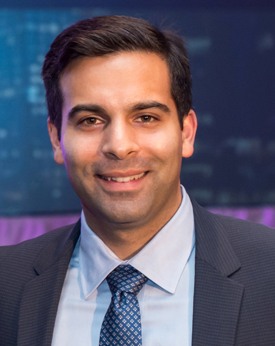By Eric Iravani, president of P3C Media, and executive director of the P3 Higher Education Summit. Bio below.
This fall, we brought together more than 750 higher education and public-private partnership (“P3”) industry professionals at the annual P3 Higher Education Summit. Professionals from across the country engaged in thoughtful, energetic conversation via multiple days of keynotes, panels, workshops, and roundtables. To continue the dialogue and synthesize recurring ideas from the conference, we spoke with a number of industry experts.
This article is part 2 of a 2-part series. Part 1 discussed bundling, smaller projects, and 101 fatigue.
We’re seeing more and more schools pursue P3s for reasons other than saving money… but this expanded understanding of P3s is limited. “Why pursue a P3?” is a fascinating, evolving conversation. Jeff Turner, Executive Vice President of development advisory firm Brailsford & Dunlavey, said, “Previously, most colleges and universities turned to P3s for the financial incentives. Now, schools are realizing that P3s can offer much more, and that not every P3 saves money. In multiple sessions, we heard discussions about the value of P3s in delivery, operations, and long-term maintenance—even when the P3 is more expensive than developing through a traditional financing model.” There was also a definite acknowledgement on education administrators’ part that P3 partners can offer a school important skills and knowledge.
At the same time, “there is still a lot of confusion over the definition of P3s, what they offer, and how we can apply lessons learned from more ‘traditional’ P3s,” said Bob Shepko, Division President, Balfour Beatty Campus Solutions. “It’s this feeling of, ‘How does this translate?’ I was on a panel, for example, where the audience would ask a question and a fellow panelist answered by pulling examples from infrastructure. People in the audience were going, ‘What is this?’ It’s important to fill in the gap by answering what it means for them. There are so many lessons coming out of P3s for roads, bridges, and tunnels—and these lessons apply to social infrastructure in the higher ed space. But we need to better help secure the leap into higher ed so more folks know what P3s are and what they can offer.”
Nonetheless, some schools are already setting their sights further—looking to address energy and utility infrastructure issues with their P3 projects. “I got the distinct sense that more and more folks from higher ed are looking to expand beyond just social infrastructure,” said Patrick Martin, Assistant Vice President, Real Estate, Public Partnerships, and Compliance, Louisiana State University. “They’re thinking about expanding beyond housing and dining services, and seeing how P3s can help solve intractable energy and infrastructure issues. This dovetails with bundling, since everything is so interrelated. We recognize it when we’re doing a student housing project that has infrastructure implications. So there’s a lot of interest in looking at how you can leverage, say, your housing investment with an infrastructure component at the same time—a financial advantage, and one that simplifies the administration’s involvement.”
Eager to learn more? We hope you’ll attend the Public-Private Partnership Conference (P3C)—the largest national P3 event in the country. This year, P3C will take place from February 26–28, 2018, in Dallas, Texas. It brings over 1,350 delegates from around the world.
ERIC IRAVANI is president of P3C Media, 
